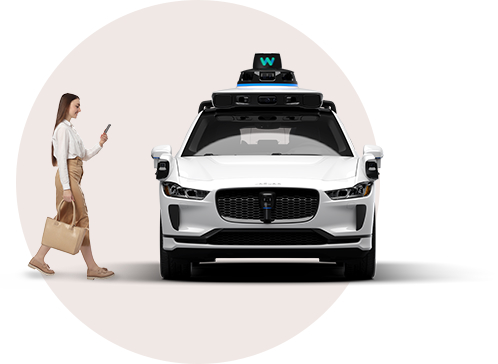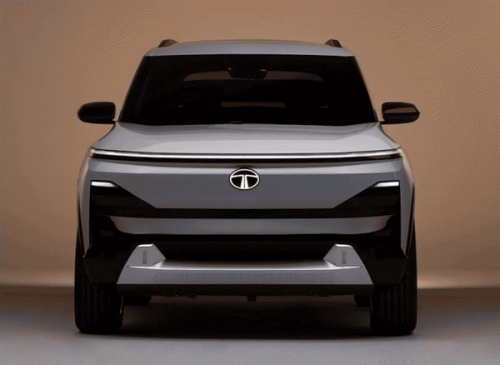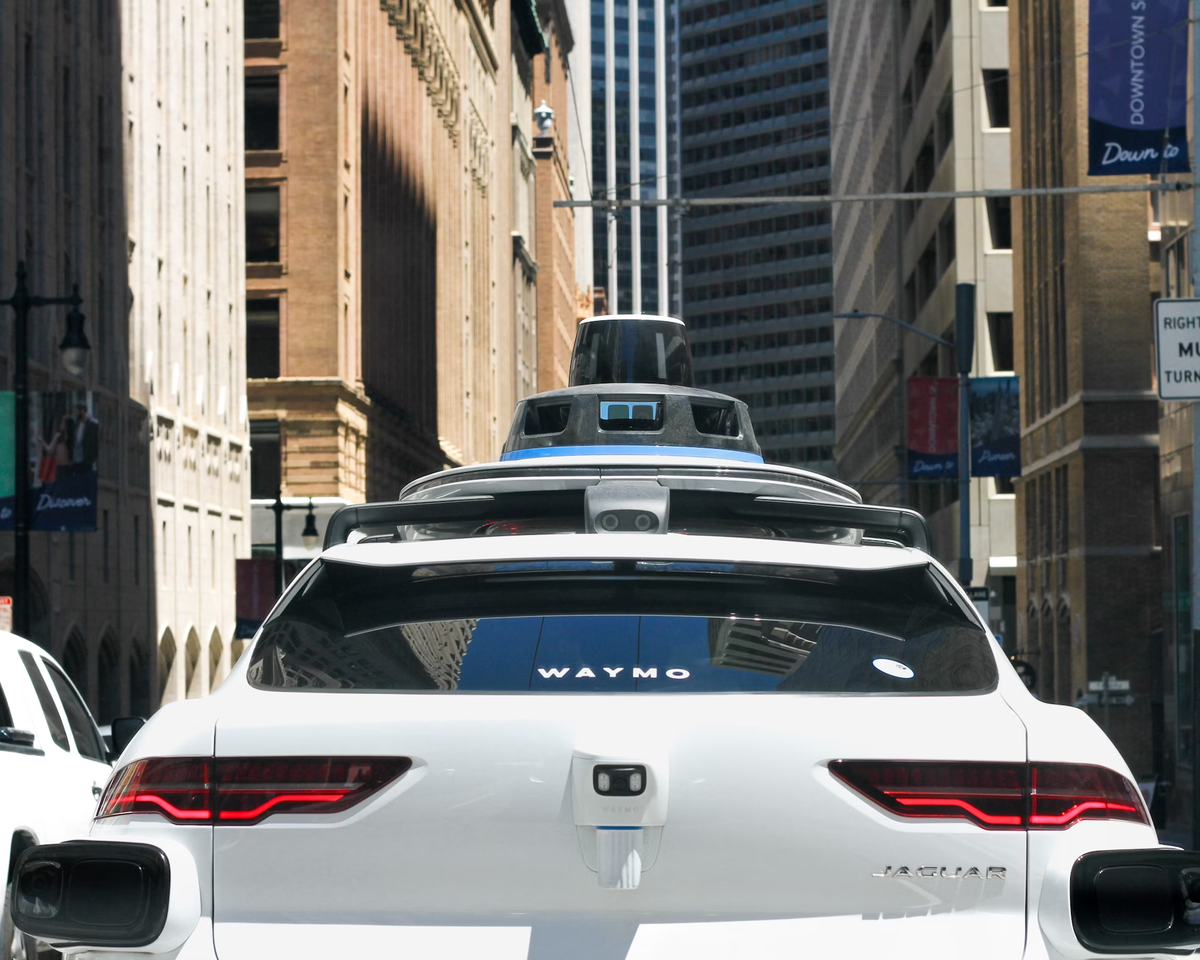Autonomous Taxis: Driving Us into the Future of Urban Mobility
2 Nov 2024
62
By chronicle tech

Unsplash
In the fast lane of innovation, autonomous taxis are set to redefine how we move. As companies race to perfect this technology, a driverless revolution is nearing our streets, offering a glimpse of a world where taxis don't need drivers. But what makes these vehicles tick, and how will this revolution shape the future of countries like India?
The Technology Powering Autonomous Taxis
Autonomous taxis, or "robotaxis," rely on a symphony of advanced technologies to navigate roads safely without human input. These vehicles are equipped with LiDAR, radar, ultrasonic sensors, and high-definition cameras, allowing them to "see" and make real-time decisions.
AI software is the brain of these vehicles, processing inputs from sensors to understand and respond to surroundings. From detecting pedestrians to recognizing traffic signals and planning routes, AI enables a taxi to maneuver just as a human would—if not better.
Getty images

Who’s Leading the Autonomous Taxi Revolution?
Several pioneering companies have made autonomous taxis a reality in specific cities across the globe, with others hot on their heels:
- Waymo (Alphabet): Waymo has been a trailblazer in autonomous driving, with its Waymo One service operating in Phoenix, Arizona. They’ve clocked millions of driverless miles, making them a leading player in robotaxi technology.
- Cruise (General Motors): With its robotaxi services in San Francisco, Cruise is pushing the boundaries of autonomy, focusing on creating a safe and reliable fleet that can navigate urban landscapes.
- Baidu Apollo: China's tech giant Baidu operates Apollo Go, an autonomous taxi service in Beijing and other cities, reflecting the rapid adoption of robotaxis in Asia.
- Tesla: Tesla aims to launch a driverless fleet once regulations permit. Its cars, already equipped with Full Self-Driving (FSD) capabilities, could soon shift to driverless taxi mode at the push of a button.

Waymo taxi
The Future of Autonomous Taxis in India
India presents both an opportunity and a challenge for autonomous taxis. While the potential benefits—like reducing traffic congestion, lowering emissions, and providing reliable public transport—are substantial, the road conditions, traffic behavior, and regulatory complexities create unique hurdles.
Autonomous taxis must navigate India's crowded roads, where driving involves unpredictability, like sudden pedestrian crossings and mixed traffic of cars, scooters, and cycles. Nonetheless, companies and startups are already investing in indigenizing autonomous tech to suit Indian roads. With advancements in AI and government support, we may see the rollout of autonomous taxis within urban centers or controlled environments.
What Lies Ahead? Autonomous Taxis Could Transform India’s Urban Mobility
The arrival of autonomous taxis in India could spark a transformation in urban transportation. Here’s what the future might look like:
- Affordable Urban Mobility: With no driver salaries to pay, autonomous taxis could offer cheaper rides, making urban mobility more accessible to a larger population.
- Safety and Reduced Accidents: Autonomous taxis could significantly reduce road accidents caused by human error, creating safer roads in Indian cities.
- Environmentally Friendly Transportation: Most robotaxis are electric, contributing to reduced air pollution and aligning with India’s green initiatives.
- Improved Traffic Flow: With AI managing routes and traffic decisions, autonomous taxis could optimize flow, reducing congestion in busy urban areas.
However, challenges remain. Developing infrastructure, like charging stations for electric autonomous taxis and dedicated lanes, could speed up their adoption. Moreover, gaining public trust will be vital, as will working with regulators to establish clear standards for safety and operation.
Closing Thoughts
Autonomous taxis hold the promise of revolutionizing urban transport in India. The path to achieving this driverless dream might be complex, but the destination is set: a future where getting a ride is as simple as pressing a button, no driver required. As tech evolves and cities embrace smart transportation, the robotaxi might just become as common as the auto-rickshaw.








